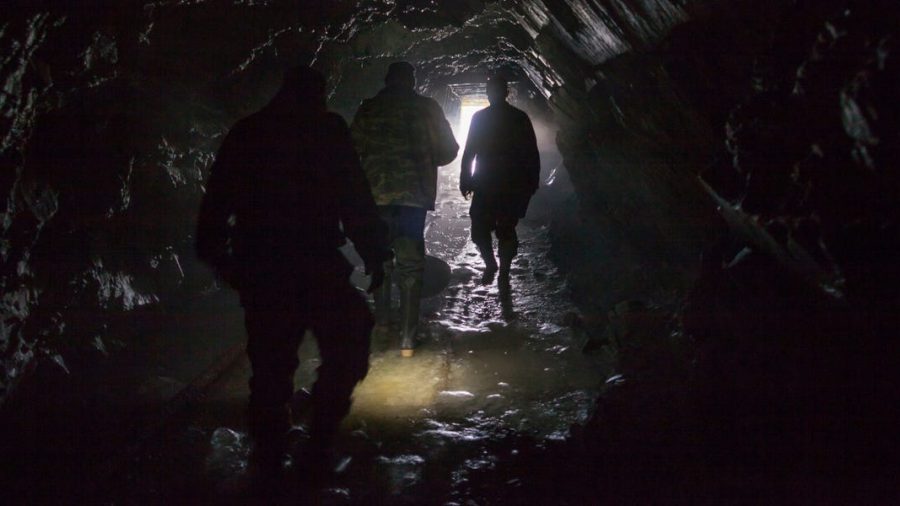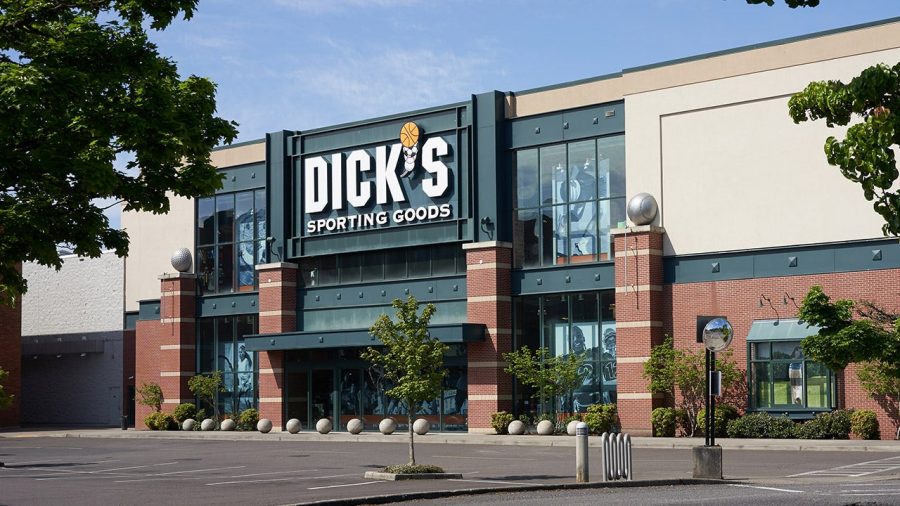On “Cavuto: Coast to Coast,” proprietors of Ehmke Seed Vance and Louise Ehmke discuss how the abrupt rise in loan rates may ultimately lead to the extinction of agriculture.
The number of breeding cattle being sent to the sale barn in the United States is increasing, and some ranchers are completely liquidating their herds. This is a trend that economists predict will likely drive already-high beef prices further higher in the not-too-distant future.
The U.S. Department of Agriculture’s The latest cattle report report reveals that the market has shrunk to levels that have not been seen in recent years, with overall inventory falling 2% to 98.8 million head since July 2021.
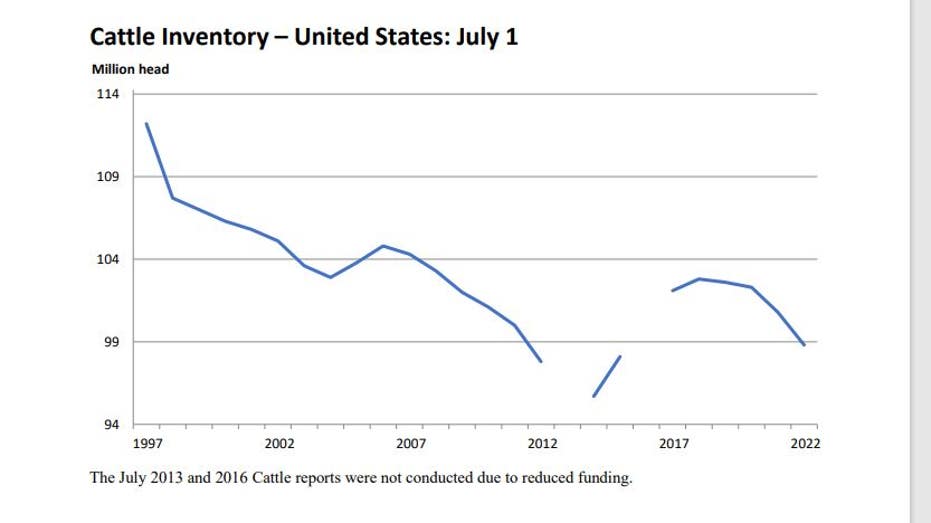
As it continues to dwindle, the cattle inventory has reached its lowest point in years. Agriculture Department of the United States
However, more than simply the overall decrease in cattle is a cause for concern. It is what is being slaughtered. In addition to steers, which are normally preferred for eating, there is a noticeable increase in the sale of females who are capable of bearing calves for processing.
In a radio report for the USDA on Tuesday, livestock expert Shayle Shagam said, “We are seeing high numbers of female cattle have been placed in feedlots.”
Existing herds are down by 2.7 percent from a year ago, and there are 3 percent more females in feedlots. According to Shagam, this combination will result in “declining quantities of cattle going to feedlots” and “progressively tighter supplies of all fed animals ready for slaughter as we approach into 2023.”
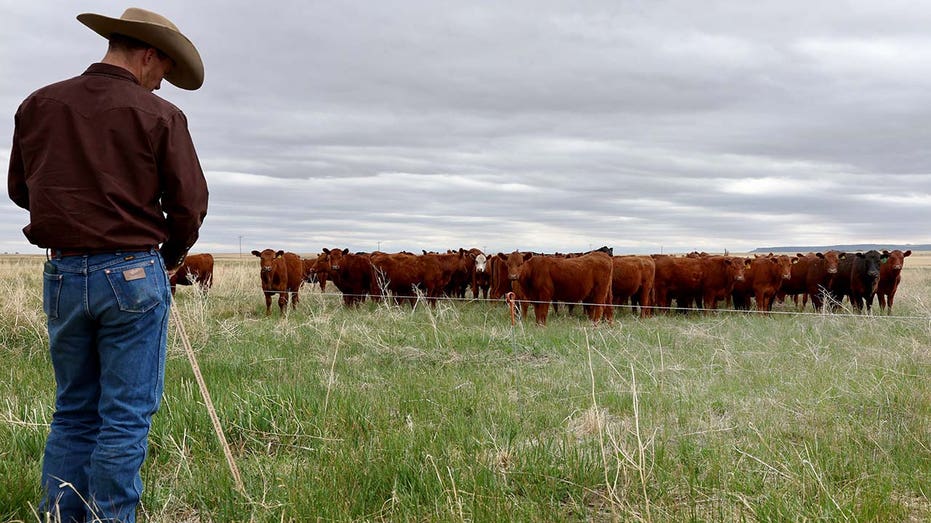
According to the most recent USDA livestock report, the market is further shrinking because of high input costs and the current drought. (Getty Images/Mario Tama/Getty Images)
The continuous reduction in supply could cause prices to rise even more than initial projections, as they did by With the price of ground beef up 9.7 percent in June compared to the same month a year earlier. Prior to the storm of circumstances giving producers more and more trouble, the USDA’s last price projection predicted that average steer prices would increase by approximately 8.5 percent the next year.
The sell-offs are being exacerbated by extremely high input costs combined with ongoing drought conditions in many parts of the nation.
Colin Woodall, CEO of the National Cattleman’s Beef Association, claims that this year’s drought is more widespread than the localized droughts of previous years, when farmers could move their cattle to other regions of the nation to graze until it began to rain again.
The country is, however, experiencing a severe drought.
Everyone is trying to obtain the hay they need to feed their cattle, so there is nowhere to go, Woodall told FOX Business.
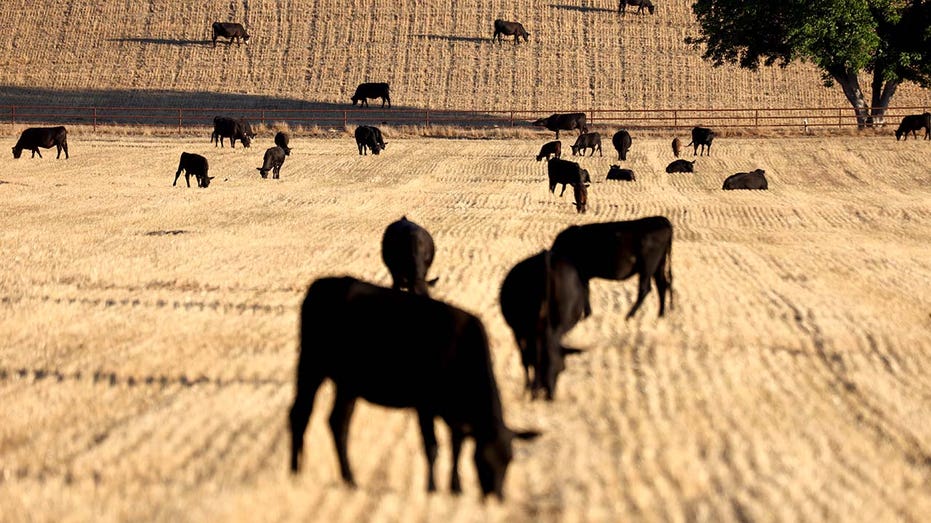
Near Ojai, California, on June 21, 2022, cattle graze as there is a drought. (Mario Tama/Getty Images / Getty Images)
“We certainly anticipate a rise in pricing, but it’s important to keep in mind that the price is not established by cattle producers.
Costs are the key factor. It is always going to be blamed on the rise in their input costs when you look at those who decide to send their cattle to market in order to either reduce or fully destroy their herd. And it includes every cost, including feed, hay, diesel for tractors, diesel for trucks, and fertilizer charges. Additionally, producers just have little control over the plethora of factors that go into raising cattle.
Herd extinction will continue as a result of the rise in the number of cows and calves sold for slaughter, and its recovery will take years.
According to John Kleiboeker, who runs a seedstock (breeding cattle) enterprise near California, Missouri, a heifer must be two years old before giving birth to her first calf. “After that, that calf is another 18 months old. Therefore, it will take that little baby heifer close to 40 months from the time of her birth until she has produced one pound of meat.
Although Kleiboeker claims he hasn’t yet been compelled to liquidate any cattle, the continuous drought’s the soaring prices of forage and feed has prompted him to create his “cull list.”
He claimed that for the previous five years, he had bought between 110 and 120 enormous round bales of first cut hay from the same provider. This year’s initial cut only yielded 57 bales, but the price was $75 per bale, up 50% from the previous year.
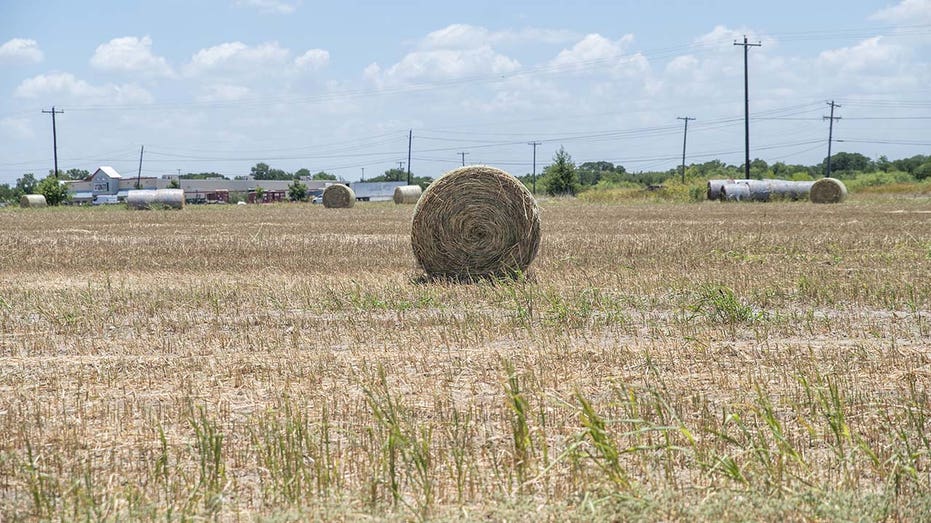
A bale of hay in a field outside Elgin, Texas, on July 20, 2022, during a heat wave. (Sergio Flores/Getty Images / Bloomberg via Getty Images)
Due to the dryness, there was no second cutting. He is now hopeful that the rain would bring the customary third cut. He must purchase hay elsewhere in the meanwhile.
Hay is available, but shipping it 200 to 250 miles south might be too expensive, according to Klieboeker, who spoke to FOX Business. “We can only locate loaded miles for $5.05 to $6 per mile. It quickly becomes very expensive if you add an extra $1000 to $1200 to a shipment of 30 round bales of hay.




